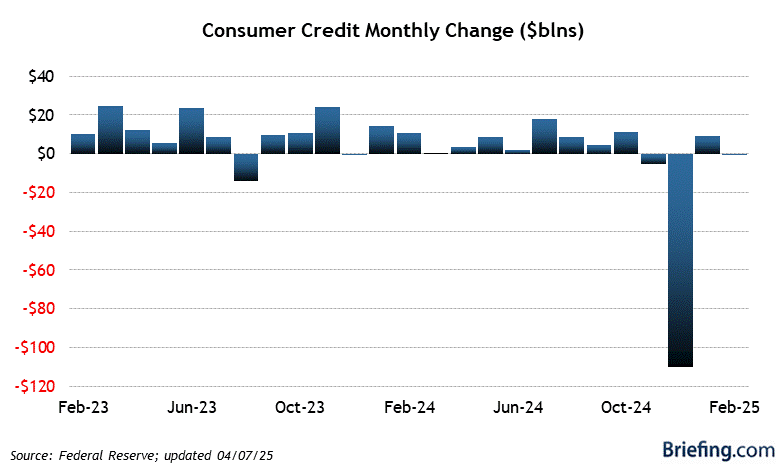The Dollar is down a bit this morning.

That’s giving the Futures a bit of a lift as the Bank of England raises their overnight rates by 0.50, but that’s only to 1.75% while our Fed is now at 2.5% so they are still way behind and the British Pound is still down 15% against the Dollar from back at the end of 2020. That’s because money moves to whichever country is paying the most interest (credit ratings being equal(ish)), causing demand for their currency.

Lower currency values exacerbate inflation and stronger currencies mitigate it and keep that in mind as our strong Dollar (caused by the Fed being more aggressive than other Central Banks) is keeping Inflation from being much worse than what we’re already experiencing in the US.
Europe pays $7.50 per gallon for gasoline, $8.50 in the UK (no wonder Johnson was fired) and $11.27 in Hong Kong (which is why they all have bikes). As noted in yesterday’s Webinar, we are exporting 4M barrels of gasoline per day to countries who pay a lot more for it than we do. No wonder the refiners are making such insane amounts of money…
Meanwhile, just imagine it cost you $200 to fill up your tank? Then imagine having to do that once a week so you could report to your $15/hour ($600/week) job. You can see why so many people have simply given up working – it’s pointless.
We’ll get more on the Labor Situation in the US tomorrow with the Nonfarm Payroll Report at 8:30. 372,000 new jobs were created last month and Hourly Earnings were up 0.3% with Unemployment at 3.6%. We also get Consumer Credit at the end of the day and if that’s up another $20Bn for June, it will be a little concerning.

Revolving Credit is the main concern at $1.11Tn. As the Fed raises rates from 1.75 to 3.75% another $22Bn is drained from consumer pockets just to pay the interest – that is as much as the $35,000 take-home pay of 628,000 $50,000 jobs. Non-Revolving Credit is $3.46Tn and is slower to react to rate hikes but, when it dos, say goodbye to another $70Bn of spending power.
Americans are still shopping but, unfortunately, it’s all on credit.
Speaking of interest, the 10-Year Notes are now paying 2.67% but the 2-Year Notes are at 3.05% and that’s what they call “inverted” – when long-term rates are lower then short-term rates and it indicates a slowdown lies ahead but I would argue that this is not a normal inversion as it reflects the short-term aggressive Fed and the long-term rates simply haven’t accepted the reality that we’re not going back to ZIRP.

Still, A LOT of people believe that an inverted yield curve is a fairly sure sign of Recession and, as you can see from the chart above, it has been 7 out of the last 8 time’s it’s happened and here we are again – there will be a lot of hand-wringing about this over the weekend.







